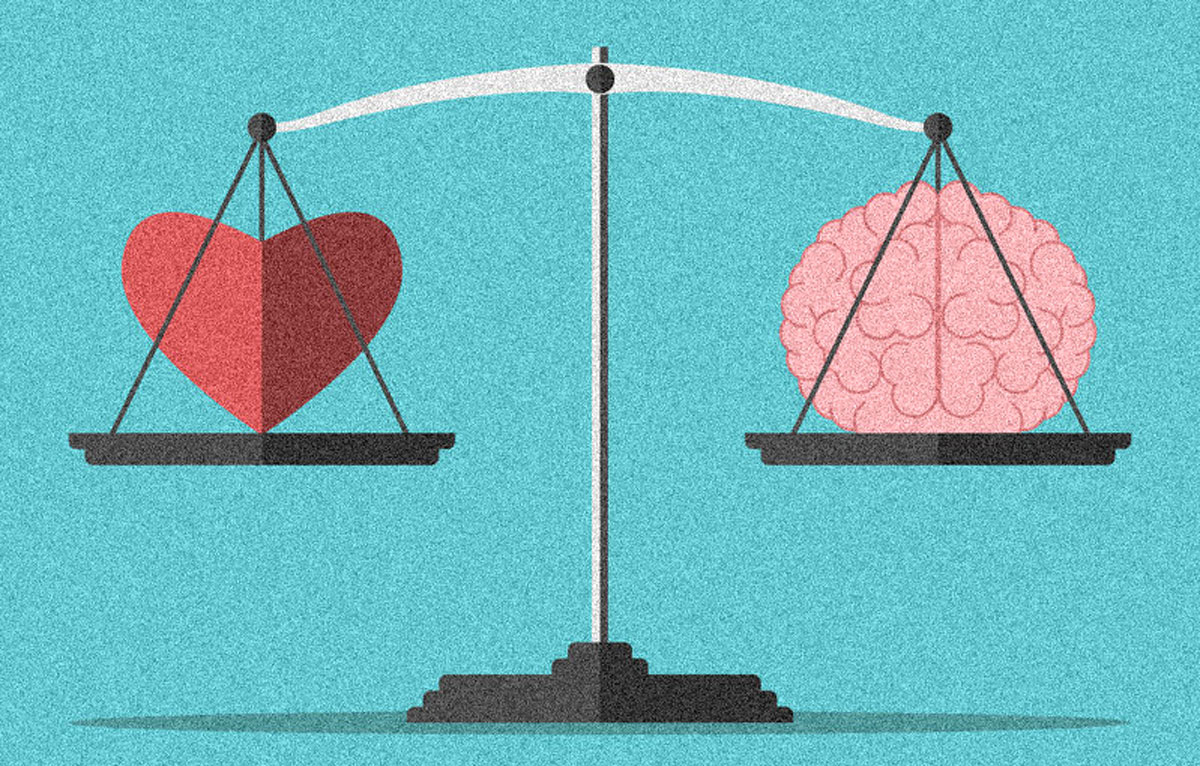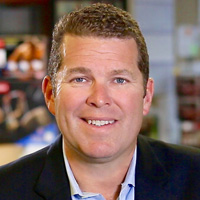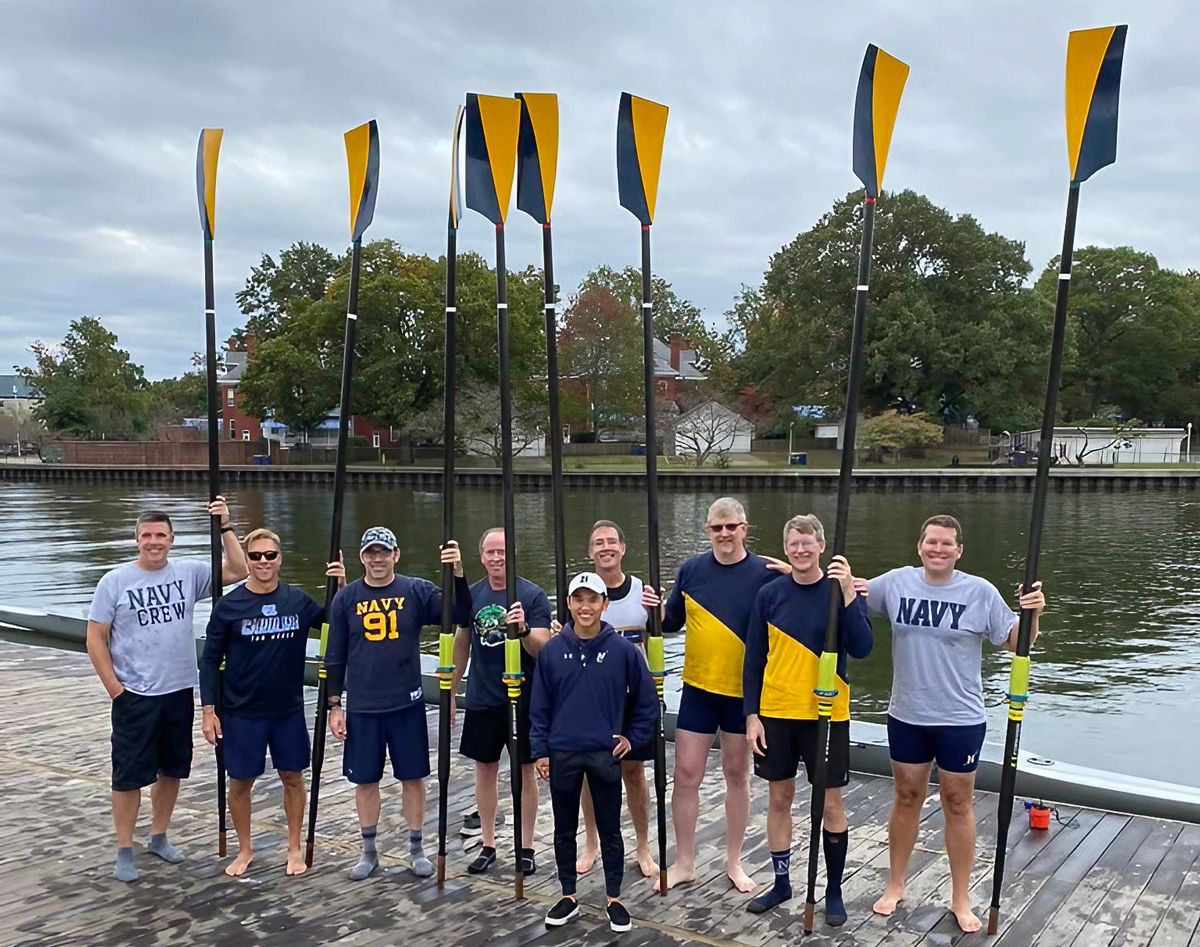The large majority of everything they do in SEAL training is, first and foremost, getting inside your head and starting to understand that you are much more powerful than you give yourself credit for. I was a SEAL platoon commander three times over, but I’ve been a CEO longer than I’ve been a SEAL. I’ve also worked in charity groups for years, and in every single thing that I’ve ever come across—any hardship—it’s always been about that conversation between your head and your heart.
We have all encountered moments when our mindsets and emotions are conflicted, when our head tells us to stop and our heart tells us to keep going, and vice-versa. It’s these very “conversations” that I’m encouraging you to have with yourself. They will bring you clarity about your purpose and your direction and enable you to bring that clarity to your actions and to your team—be they family, coworkers or members of your community.
Mind the Teammates Inside of You
We often hear people talk about the battle between one’s heart and head, as if they were not part of your entire being and equally invested in your ability to survive and thrive. While your thoughts and emotions can appear to be conflicted at times—for example, when the demons of doubt interfere with your pursuing your dreams—this complex arrangement between what we simply describe as your head and your heart has evolved the way it has for good reason.
So called “negative” emotions—like fear, anger, hurt—are natural reactions to what often can be layers upon layers of feelings about situations both past and present, combined with perspectives learned from past experience and reinforced by the viewpoints of significant others. Normally, this “conversation” happens in a matter of nanoseconds and often flies below the radar on auto-pilot, until we either choose, or are forced, to slow it down and focus on the elements and how they affect one another.
Whatever You Focus On Looms Larger in Your Mind’s Eye
You know the message, “Objects in mirror are closer than they appear.” What you see is not always what you get. Our perceptions of ourselves—as well as our circumstances and the people around us—are skewed, even biased, by the filter through which we view them. As humans, we all see and react to both internal and external stimuli in a way that is uniquely our own—just ask any five witnesses to an event and you’ll receive at an equal number of different accounts of what happened. Or, try my triangulation technique for overcoming limitations in how we normally see ourselves and use it for gaining a new perspective on your personal strengths and weaknesses.
The point here is to recognize the conversation between your head and heart, understand the reciprocal cause-and-effect relationship between the two, appreciate how you think and feel are shaped by factors both past and present, accept that you can slow down and take a snapshot of what’s going on in the moment, and learn to change an automatic, even self-defeating, pattern into one that is more intentional and adaptive in your present circumstances. Where you put your focus will determine your actions and outcomes.
Your Mindset Charts the Course for Your Actions and Emotions to Follow
I love the water—anything having to do with it—and I often use nautical terms in my stories and books. In many cultures, we refer to a sea of emotion and associate the air with intellect and mental intention. I believe the head and heart exist in a loop, mirroring the larger ecosystem in which we live, and that wherever you choose to look or intervene in the natural flow will create new ripples that affect and change the other parts of the system. Emotions flow from both how we’re wired and what we’ve experienced, but also from how we think and what we tell ourselves.
We’re built with a survival mechanism, not a thrive mechanism. Most of us have a negativity bias designed to protect us from harm. It’s not bad—it’s helped humanity get this far along in our journey. But, I believe that we’re also built for more than just survival—and that paying attention to that conversation between your head and your heart is part of getting inside your head and starting to understand that you are much more powerful than you give yourself credit for. Your mindset charts the course and determines how you steer your way through obstacles ahead. It’s the part of our experience that is most easily observed and accessible for creating new platforms, new directions, new courses and new outcomes. Let’s Continue Mission—Charlie Mike!
Check out our Resources and Courses pages for more information on shifting your mindset and reaching your full potential. And don’t forget to sign up for our free monthly newsletter to get regular tips, inspiration, and advice delivered straight to your inbox.





